As you may be aware, over the last year and a bit, tourism—in just about all of its flavours—has collapsed. The heady days of overtourism put on hold (one hopes for good), chit chat has turned to what the scene will look like at the other end of the tunnel.
Not a horizon pool in sight. At Lake Toba, Sumatra. Photo: Stuart McDonald.
At least within a Southeast Asian context, much of the focus is on “high value” tourism rather than backpackers. By high value, what tourism boards really mean is “high–spending”. This is a mistake—budget travellers are the biggest spenders of all.
Here’s some choice government quotes:
“One person can easily spend as much as five by staying at the finest hotels,” Phiphat Ratchakitprakarn, Thai Tourism Minister.
“There are many poor ones in NTT, we are tired of seeing these peasants,” Viktor Laiskodat, Governor of East Nusa Tenggara, Indonesia.
It isn’t just Southeast Asia. New Zealand is also in on the bandwagon, with new tourism minister Stuart Nash describing the ideal tourist as someone:
… who flies “business class or premium economy, hires a helicopter around Franz Josef [Glacier on the South Island’s west coast] and eats at a top-end restaurant”
This after characterising backpackers as people who “pull over to the side of the road and shit in our waterways”. Thanks mate, excuse me while I look up private helicopter charters on my environmental vandalism check list. Idiot.
Guv: “We are tired of seeing these peasants.” In Komodo National Park. Photo: Stuart McDonald.
Aside from roadside poo–droppers, the fixation here is on daily spend—and the argument that someone paying $200 a night is delivering more “value” than a backpacker paying $5.
This is wrong for two reasons.
Firstly, backpackers stay longer, and secondly it looks only at one side of the equation—what the tourist pays. It ignores the costs—referred to as “leakages”—of setting up the services required to attract those paying $200 per night.
Both canoeists and speedboat passengers can play a productive role. Wae Cicu, Flores. Photo: Stuart McDonald.
Unfortunately, there has been little recent academic research into what backpackers spend in Southeast Asia. Australia has done some though (PDF), and it is instructive.
In 2007, Australia attracted 5.6 million international tourists, of whom 557,724 (roughly 10%) were designated as backpackers. The average duration of stay in Australia in 2007 for backpackers was 72 nights compared to 26 nights for other international visitors. So backpackers stayed roughly three times as long as other international visitors.
So what did they spend? They spent an average of $5,555 per trip. Meanwhile all other international visitors spent an average of $2,347. So your average backpacker spent more than double the average figure for everyone else.
These are backpackers. Trip length: Almost 4 weeks—3 times Thailand’s average stay. On Ko Kradan. Photo: Stuart McDonald.
Overall, in 2007 backpackers were responsible for 19% of tourist expenditure in Australia—while representing just 10% of inbounds.
Per capita, backpackers were twice as valuable as other tourists.
It kind of turns the concept of high value tourists on its head.
The length of stay is the killer—and yet it seems to be all but ignored by tourism boards.
Backpackers travel with locals. No need for fancy buses and services. Somewhere south of Luang Prabang. Yes, on the roof—sorry Mum. Photo: Stuart McDonald.
This, again from very dated (1994) research quoted by Mark Hampton in a 2003 paper on local tourism in developing countries. Hampton notes:
“The average length of stay of the backpackers in Yogyakarta is 3.8 nights which is over twice as long as the average length of stay of 1.6 nights for international tourists.”
Taking a Indonesia–wide–look, the same paper notes:
“Backpackers’ total trip length is far longer than an average two–week holiday with 64% being on a ten week trip.”
So yes, backpackers may spend far less per day, but when they’re staying five times as long, not only does this differential reduce, but their money is also being spent far wider—and is more likely staying in country, often at a community or household level.
Getting ready for the boat to Chi Phat. Community Based Tourism done right—and on a budget. Photo: Nicky Sullivan.
Give this story in Southeast Asia Globe a read. It highlights some high–end resorts in Cambodia working in a remote area of the country under the auspices of sustainable tourism. It seems a missed opportunity to have neglected to mention other, more budget–focused operations elsewhere, say in Chi Phat for example. These have been running for years and are well established, Community Based Tourism projects. Best of all, you don’t need to spend hundreds of dollars on a tent to be able to support their goals.
This brings me to my second point—the fixation on what tourists spend, while ignoring the costs—and opportunities—of catering to them. What needed to be imported to fit out the fancy–pants properties profiled in the Globe story? I bet a hell of a lot more than at Chi Phat! What sort of jobs for local residents are created in each?
Probably not a homestay going in here. Sapa, Vietnam. Photo: Stuart McDonald.
On the costs. Compare the leakages of a backpacker staying in a homestay (virtually none), versus someone staying in a five star resort (substantial). Of course, not everyone wants to stay in a losmen, but these costs should not be ignored. Then, as the same paper mentioned above notes:
“This raises the question of the type of job opportunities created by mass tourism, such as the difference between being a cleaner in a large international hotel compared to being the owner of a small losmen, cooking and serving at tables in their own place.”
So if you’ve got a class of tourist that stays longer, spends more, creates employment in local communities and has less environmental impact, why are they being ignored? Plenty of reasons, and as I’m already way over my word limit, I’m going to look at just one.
“We’re here for the culture”. One one on the right ended very badly. Full Moon Party, Thailand. Photo: Stuart McDonald.
My theory is the word “backpacker” has become a bit of a pejorative. Many government ministers would have a few years on me, putting them in their teens or twenties through the 1970s and 1980s. This was the classic formative stretch of the Kabul–Kathmandu–Khao San Road–Kuta banana pancake trail. Drugs, free love, bad hair, worse fashion, and yes, probably not enough showering.
Of course there are still grotty backpackers—I’ve got that t–shirt! All tourists, regardless of spend are capable of grotty and/or depraved behaviour. However when two unhinged Americans chopped up a parent and put her in a suitcase, I didn’t see many editorials arguing for a reappraisal of the clientele who can afford to stay at the Saint Regis.
I’d argue characterising an entire class of tourists by your memories of what you observed as a teenager—or the actions of a minority today, doesn’t make for great policy.
More level heads are needed. Uluwatu, Bali. Photo: Stuart McDonald.
Lastly, a quick gripe on the term backpacker. Many in the industry bracket it is someone who is 25 to 35 years old. This is ageist and, today, totally inaccurate. Being a backpacker is about more than your age, or if you have a bag without wheels. For many it is a mindset.
So why am I writing about this now?
Whenever travel does start to open up on a recreational basis, quarantine will most likely still be a part of the deal. In 2019 the average stay of an inbound traveller to Indonesia was just shy of nine days. Thailand was just over nine days. Cambodia was seven.
How many people are going to spend anything from five to fourteen days in quarantine when average stays are this low? I say those who increase the average, by staying the longest—backpackers.
It is a pretty simple concept. Photo: Sally Arnold.
As Nikki Scott (founder of Southeast Asia Backpacker) says in this story by Skift:
“Backpackers these days have money, and something that many other types of travelers don’t have: time. Unlike your average tourist, backpackers have the time to put up with a two-week quarantine in order to enter a country and stay there for three months.”
Australian travel writer Ben Groundwater makes some good points here about why backpackers might be a thing of the past. I’d argue, yes for a whole host of reasons, backpackers may not ever return to the same number of the past, but that need not be a bad thing. There will always be some who simply want to throw a pack on their back and go.
I’m not arguing that high end tourism should be consigned to the scrap heap—tourism comes in many flavours, and each has pros and cons. Backpackers though punch above their weight and it is folly by tourism boards to (at best) ignore them or (at worst) tell them to stay away.
More to read
Looking for more to read? Try these other pieces on free to read Couchfish, of better still, subscribe and read the lot!
Local talent: Some thoughts on using local travel evangelists to create a better travel guide.
The final stages of decay: Using some of Bali’s southern beaches as an example, thinking about mistakes not worth repeating.
Tell me your secrets: On travel writing and the death by a thousand cuts.
Single serving friends: Travel is often but a string of single serving friendships and experiences.

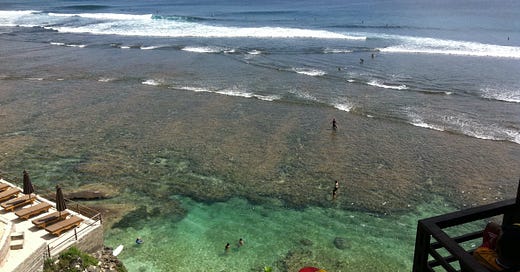


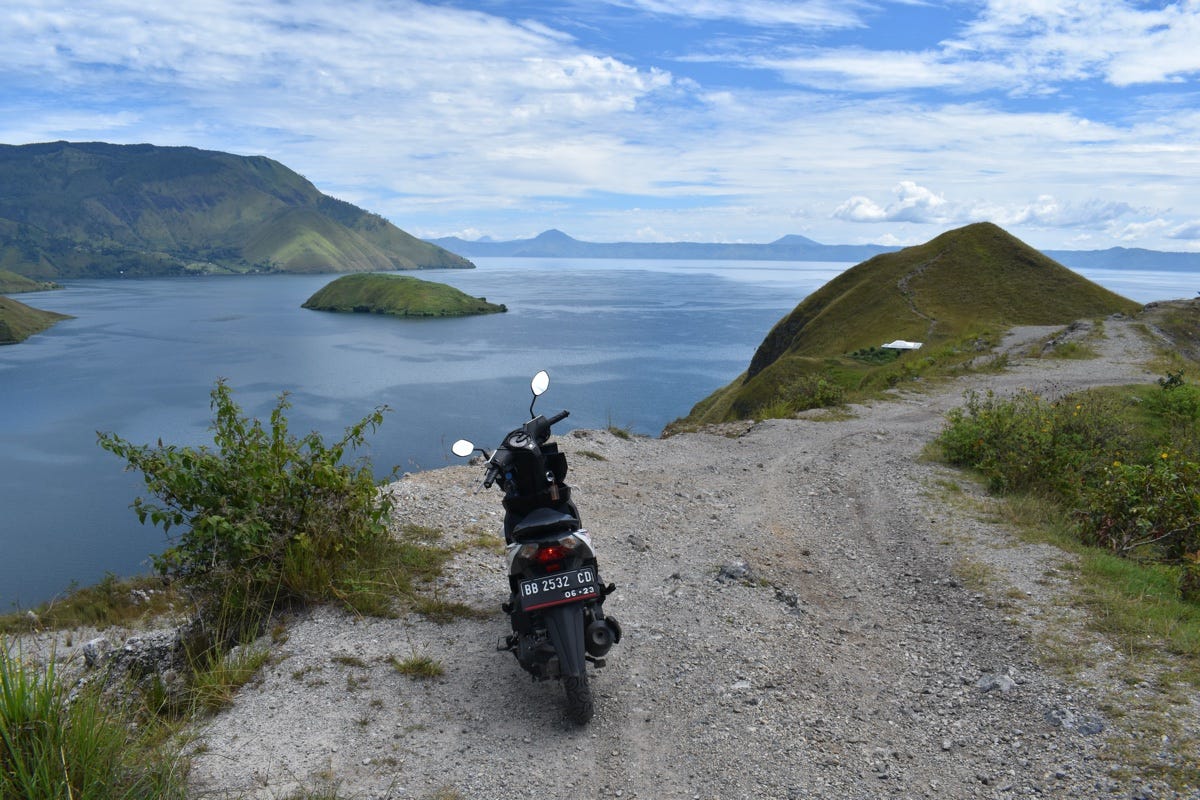
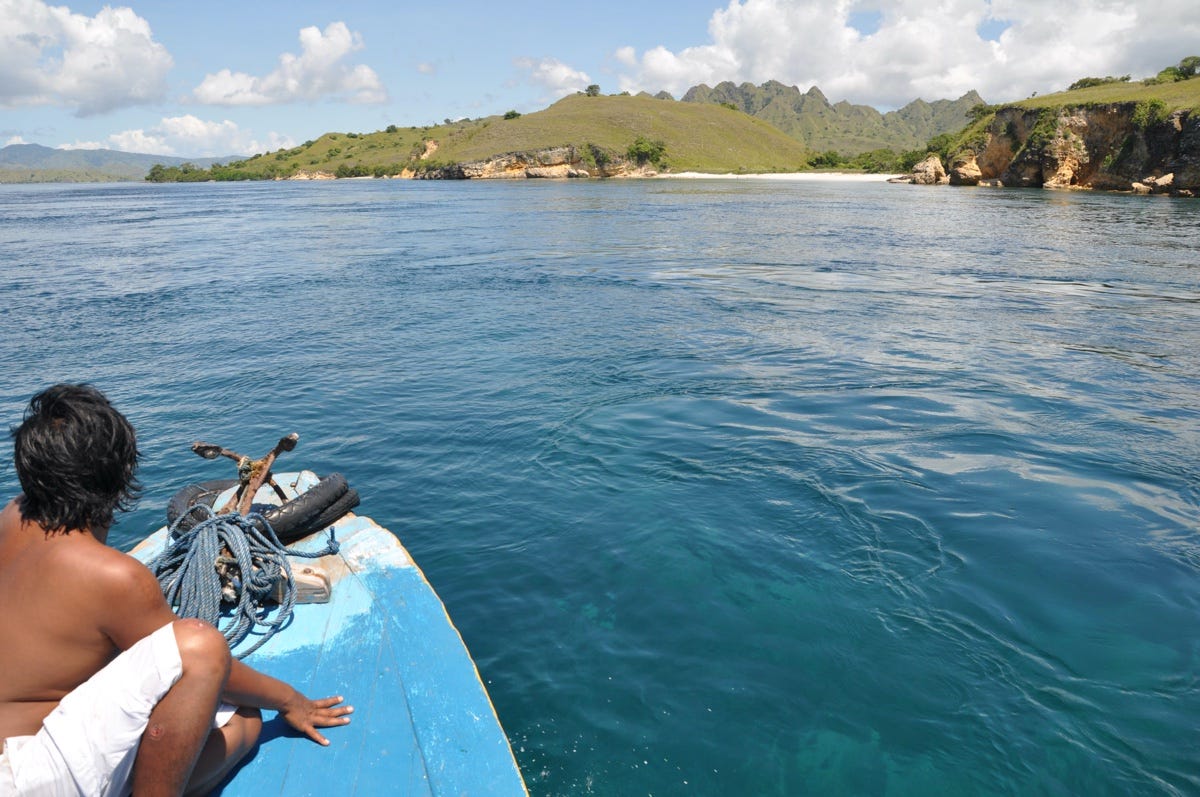
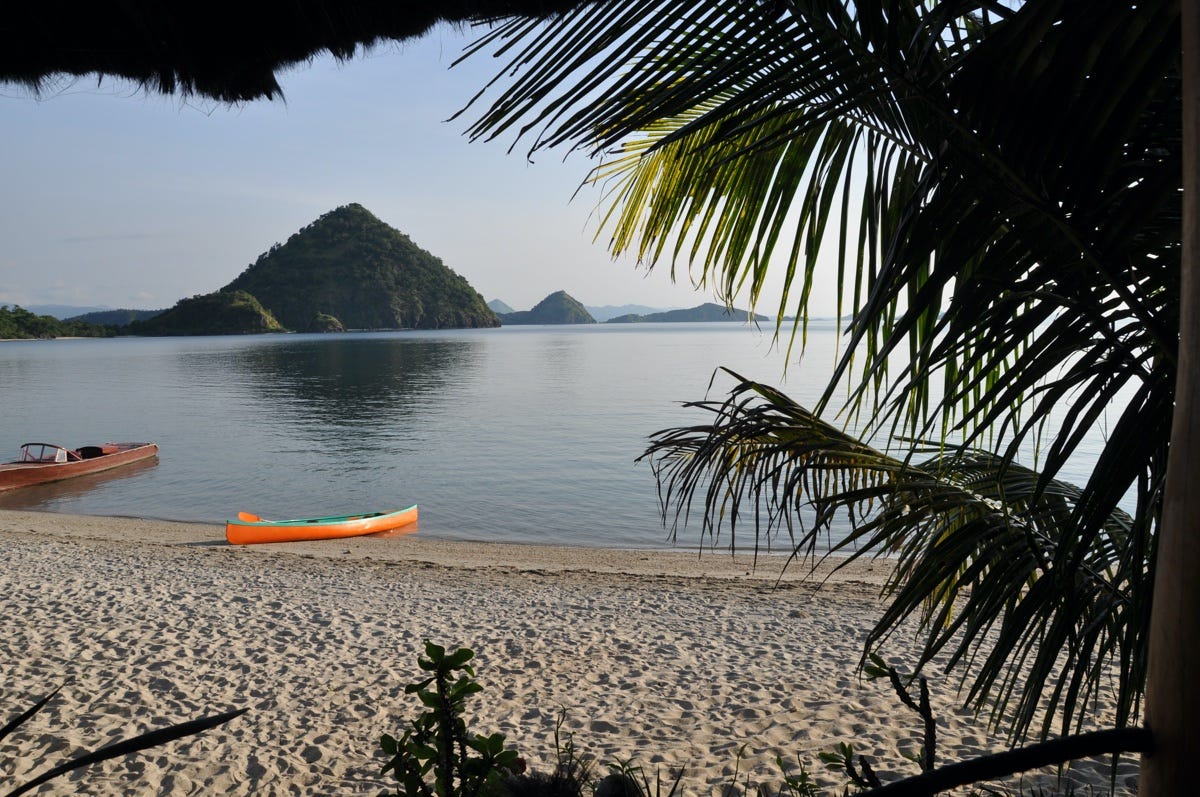
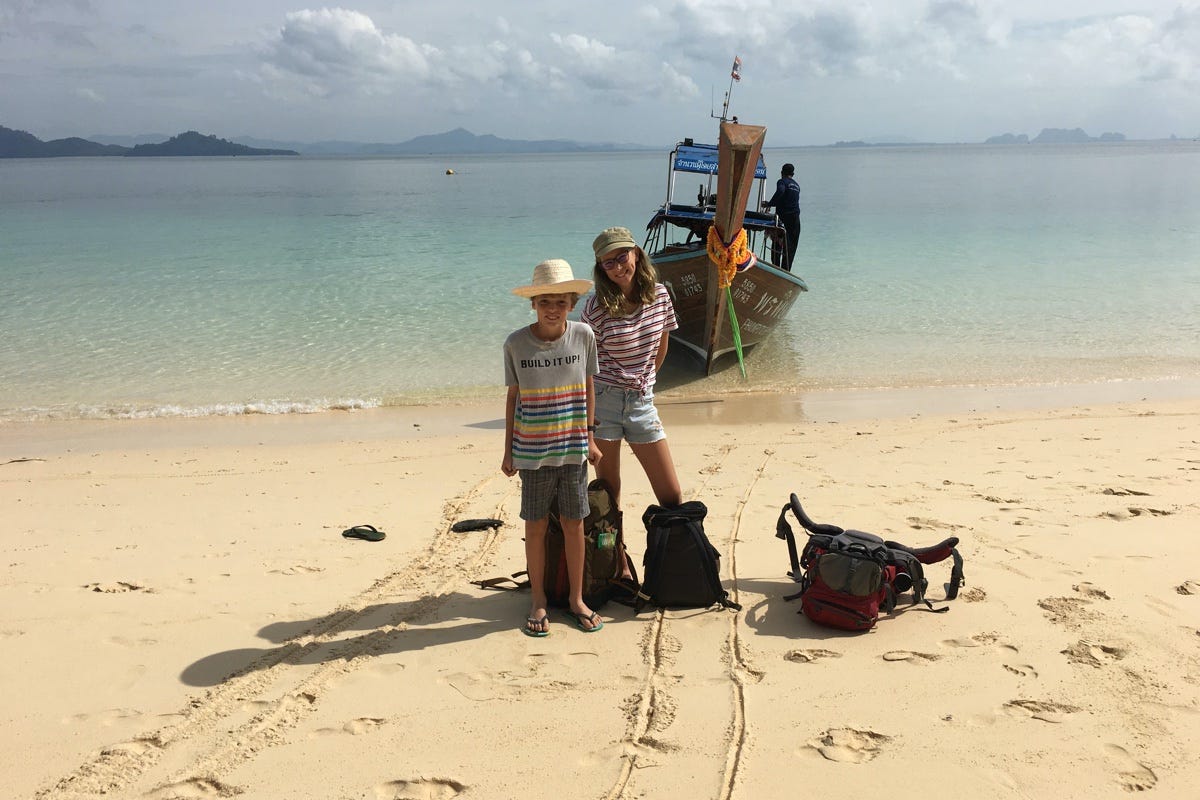
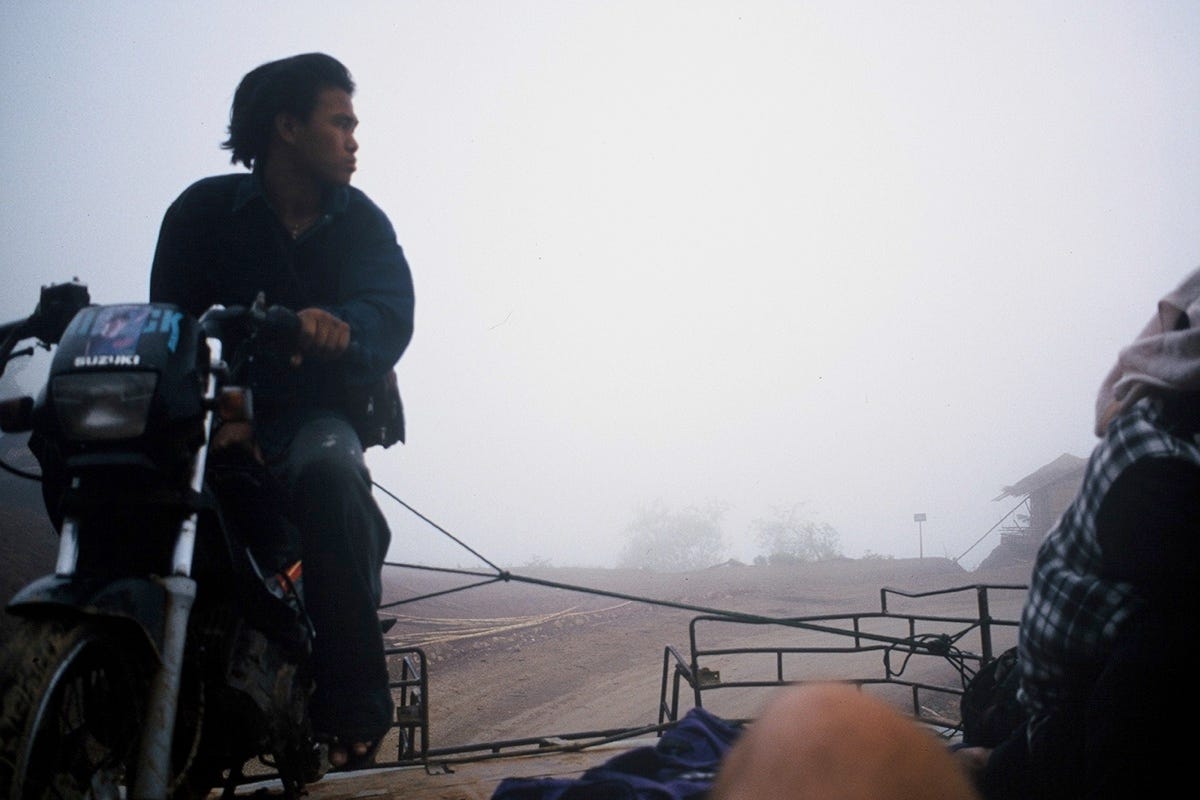
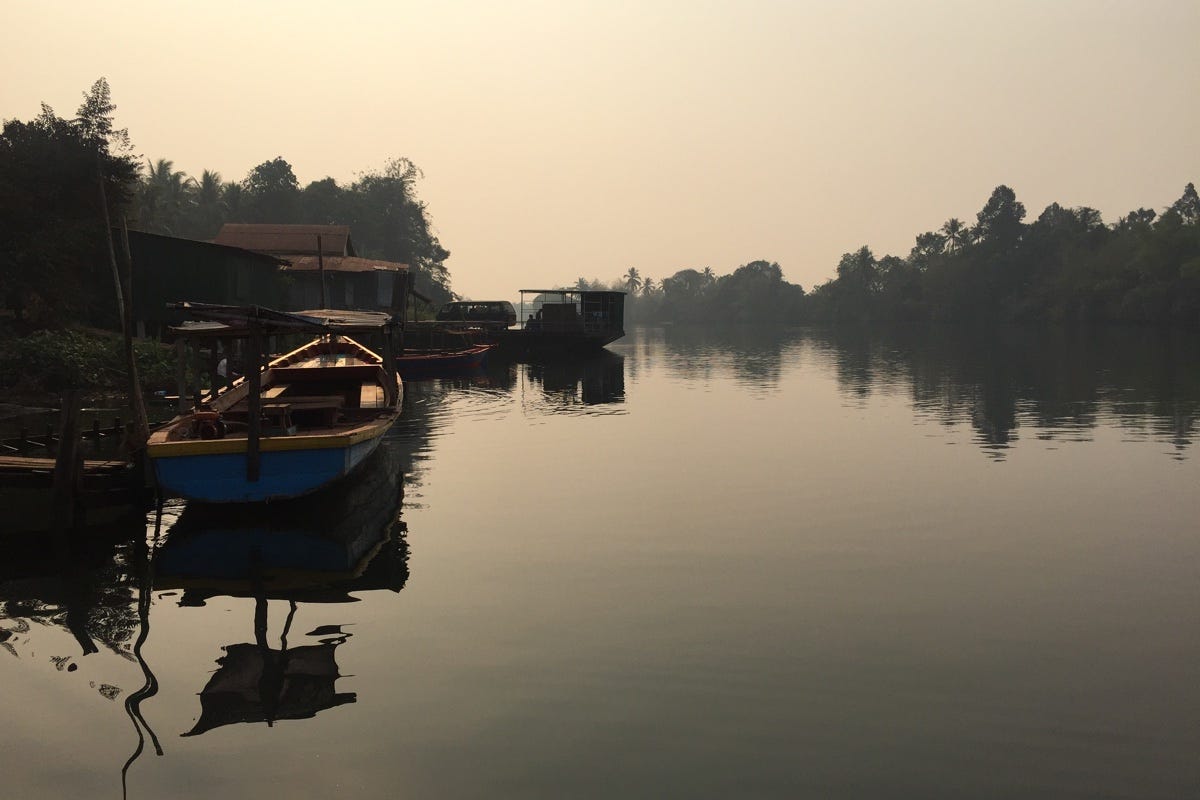
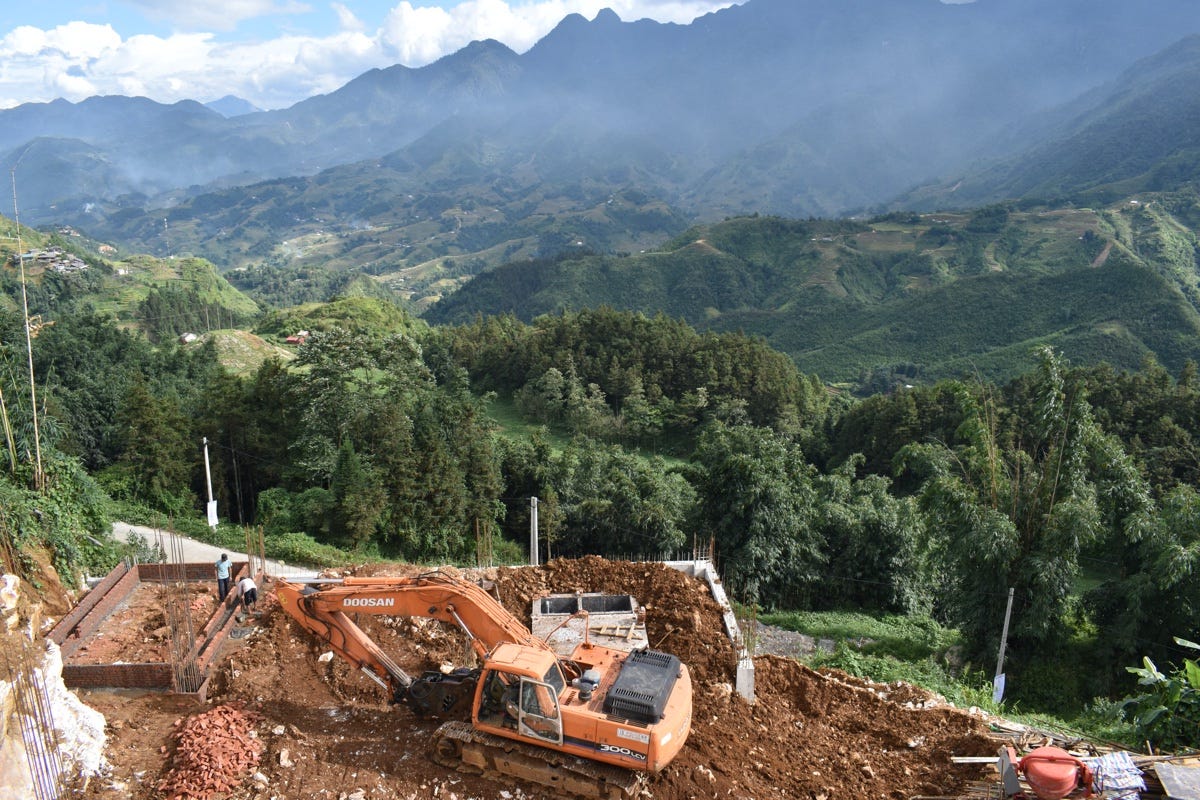
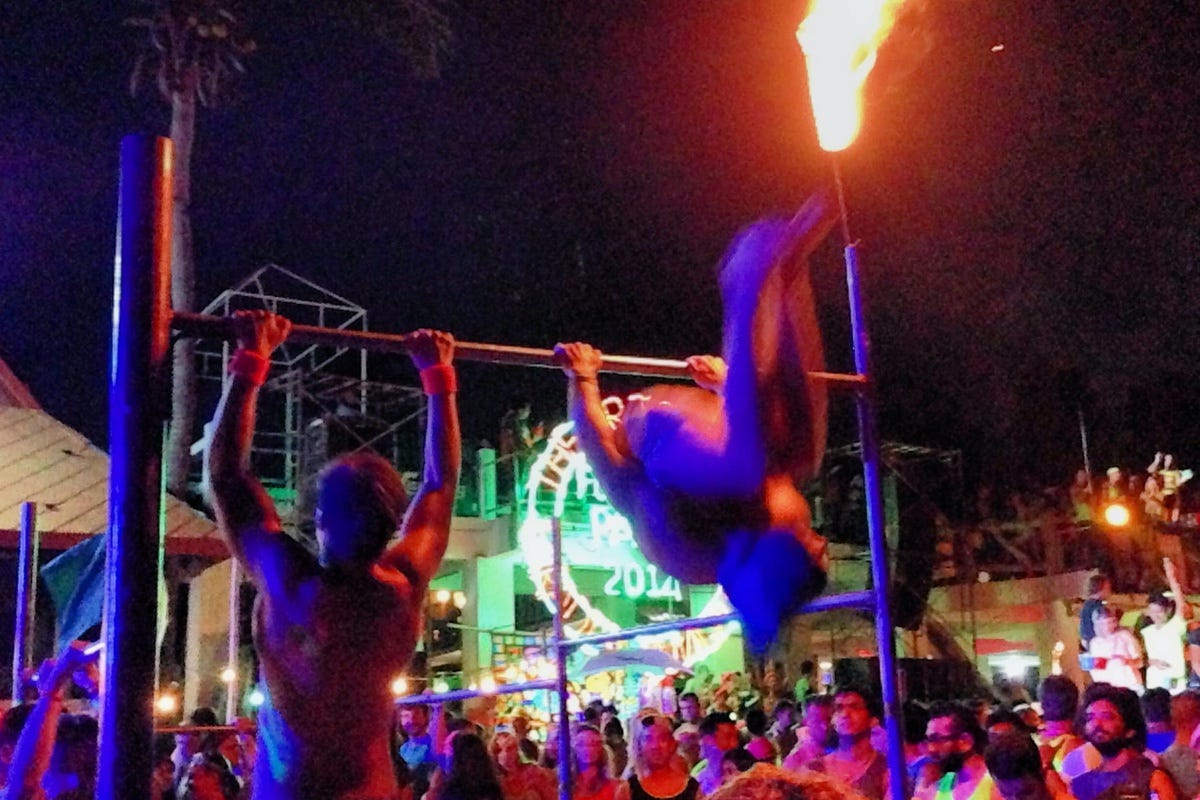

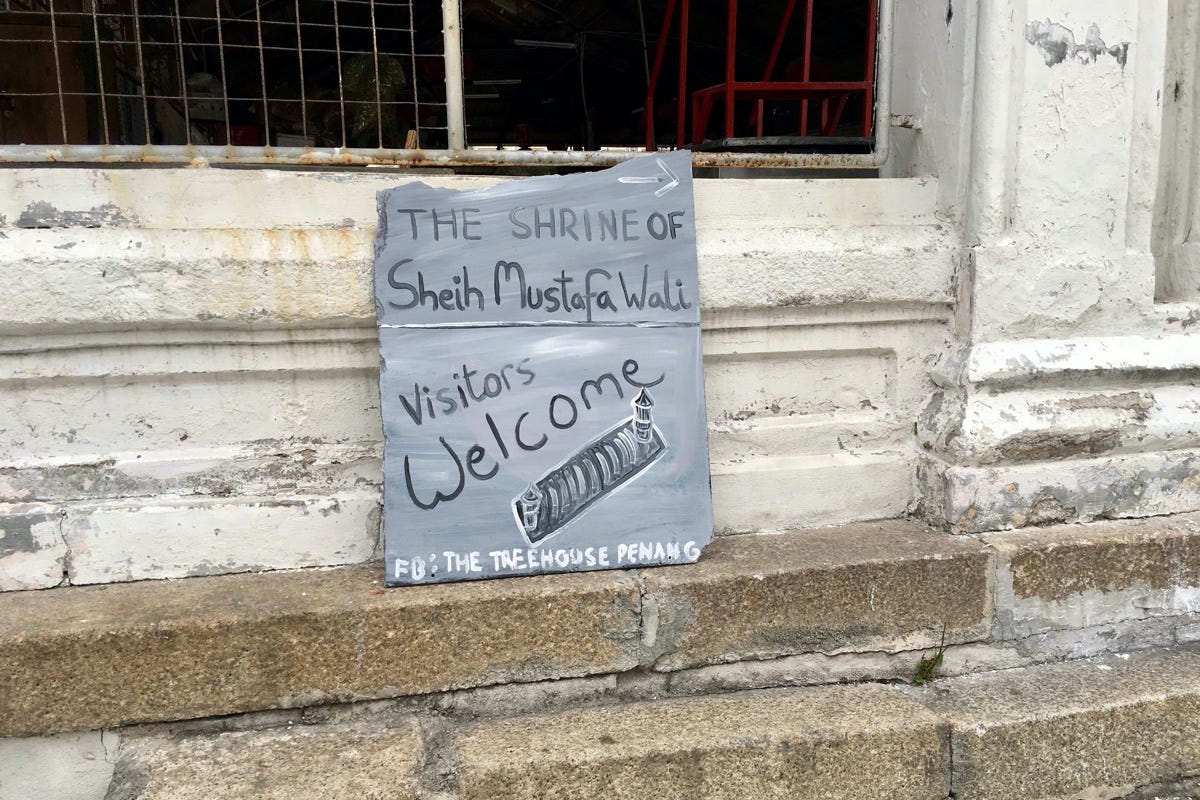









Share this post